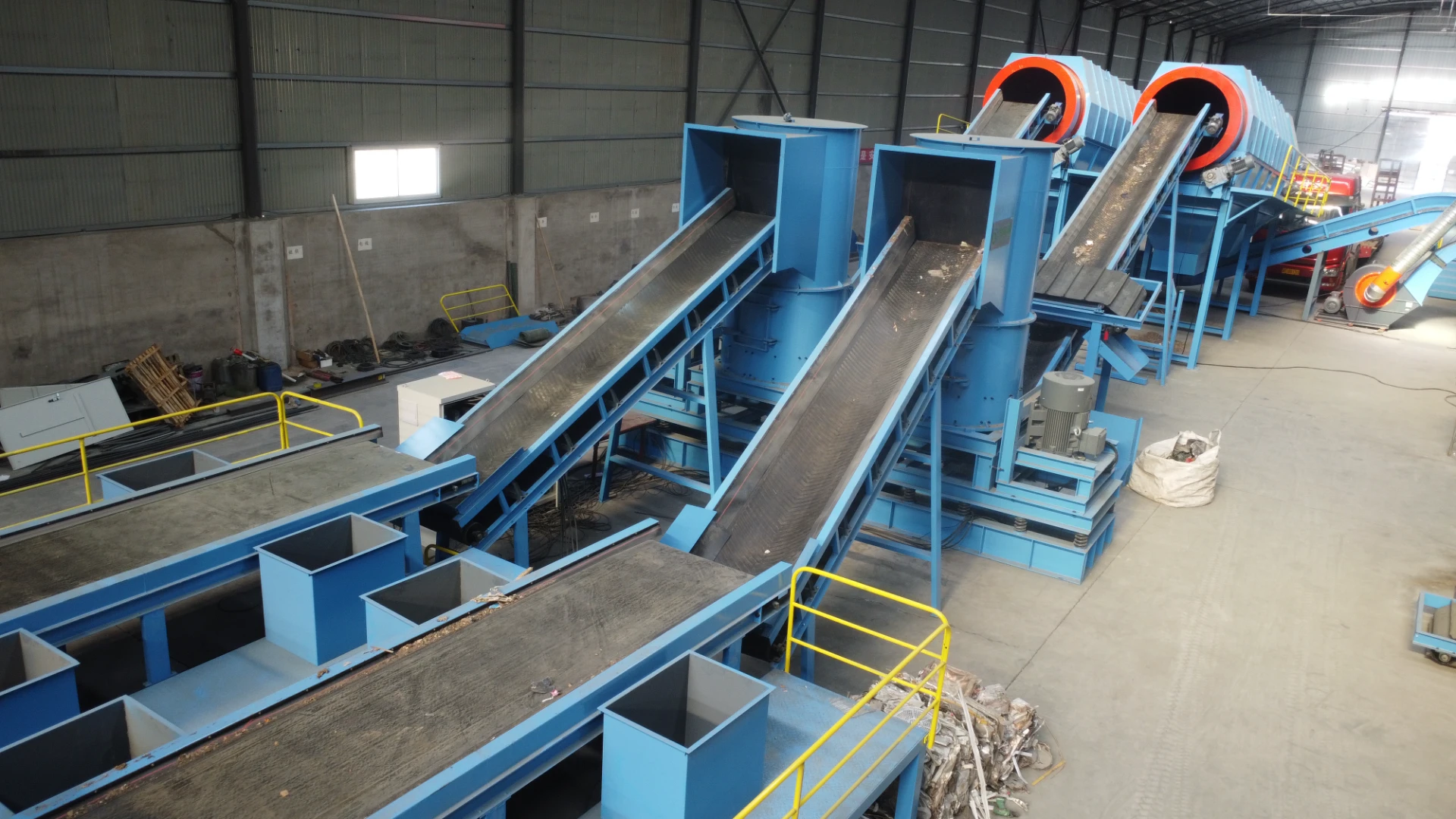
5 月 . 29, 2025 10:47 Back to list

(sheet metal shredder)
Industrial recycling operations require robust solutions for processing ferrous and non-ferrous materials. Advanced sheet metal shredder
s now achieve throughput capacities exceeding 50 tons/hour, with particle size reduction ratios reaching 20:1. A recent industry report (2023) shows that properly configured systems can reduce energy consumption by 35% compared to legacy models while maintaining 99% material purity rates.
Modern shredders incorporate patented rotor designs and AI-driven monitoring systems. The table below compares critical operational parameters:
| Feature | Standard Model | Premium Model | Mobile Unit |
|---|---|---|---|
| Motor Power | 500 HP | 800 HP | 300 HP |
| Throughput Capacity | 15 t/h | 28 t/h | 8 t/h |
| Noise Level | 105 dB | 92 dB | 98 dB |
Current market data reveals significant price variations based on configuration. Stationary scrap metal shredder systems range from $280,000 to $1.2 million, while mobile scrap metal shredder units typically cost 40-60% less. However, operational expenses show different patterns:
The competitive landscape features specialized engineering firms and heavy machinery conglomerates. Market leaders currently hold 68% collective share in North America, with European manufacturers demonstrating 12% year-over-year growth in export volumes.
Custom configurations address unique operational requirements. Automotive recyclers frequently opt for dual-shaft systems with 1500 RPM torque capacity, while demolition contractors prioritize mobile units featuring quick-disconnect power modules. Hydraulic systems now achieve 3500 PSI operating pressure for enhanced material fragmentation.
A Midwest scrap yard implemented a 750 HP shredder in 2022, reporting these results within 18 months:
As global demand for recycled metals grows 6.8% annually, shredder technology becomes crucial for sustainable material recovery. Next-generation systems integrate IoT sensors and predictive maintenance algorithms, potentially extending equipment lifespan by 40%. Industry projections estimate 75% of recycling facilities will adopt smart shredders by 2028.

(sheet metal shredder)
A: A sheet metal shredder is designed to break down large sheets of metal into smaller, recyclable fragments. It improves waste management efficiency and reduces transportation costs. Common applications include automotive and industrial scrap processing.
A: Scrap metal shredder prices vary based on capacity, power source, and customization. High-capacity or mobile units typically cost more. Additional features like automation or advanced safety systems also increase the price.
A: Yes, mobile scrap metal shredders are built for on-site material processing. They eliminate transportation needs and are ideal for construction sites or remote locations. Their compact design ensures easy relocation and quick setup.
A: Regular maintenance, such as blade sharpening and lubrication, is recommended every 200-300 operating hours. Inspecting wear-prone parts like bearings ensures longevity. Follow the manufacturer’s guidelines for optimal performance.
A: Yes, sheet metal shredders efficiently process aluminum and other non-ferrous metals. Their adjustable settings prevent material contamination. This makes them ideal for recycling facilities focusing on mixed-metal waste.
Latest news
Unveiling the Power of Eddy Current Separator
NewsSep.25,2024
Transform Your Home Recyclin:home metal shredder
NewsSep.25,2024
The Future of Waste Management with Recycling Line Picker
NewsSep.25,2024
The Benefits of a Metal Recycling Plant
NewsSep.25,2024
Revolutionize Material Separation with Onwang Technology
NewsSep.25,2024
Innovative Waste Management: Unveiling the MSW Sorting Plant
NewsSep.25,2024